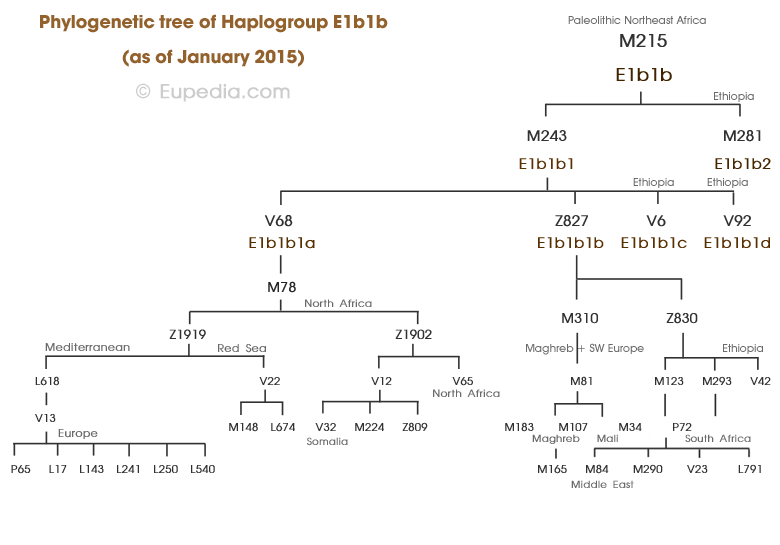James Dahl wrote:I think I know of one expedition to Ras Xafuun that found Roman pottery, Chinese pottery, Indian pottery and several other pottery varieties unknown to those American archaeologists (probably native pottery and pottery from further south).Meyle wrote:The problem is, proper excavations have not taken place in the Horn of Africa, let alone Somaliland/Somalia. During the early seventies archeologists from Britain and the Sovietunion found artifacts in the north eastern part of the Somali democratic republic (modern day Puntland) aswell as the northern parts (modern day Somaliland). The artifacts were mostly pottery, gold and weapons from Ancient Egypt, indicating their presence in the area, not to mention that the region was also the centre of frankincense and myrrh trade, so the question is, if proper excavations are done, what history will the earth unfold.
Laas Geel is not actually the oldest, there are other rock paintings in Somaliland, some estimated to be older than 10 000 years.
3 years ago Dr. Sada Mire found new rock paintings in Somaliland and one of the paintings were depicting a man on horseback. This is 5000-6000 years ago, at a time when the horse was not domesticated.
Horses didnt even exist in Africa during that time period.
Ba'al or Baal sounds interesting, that diety is mentioned in the Qur'aan and I think there's an equivalent within our terminology, at least in the context of Somali traditions, poetry and songs..
Ba'al is one of the old Arab gods from before Islam, him and his wife Astarte are the two chief dieties of the old Arab pantheon, his name means 'Lord'. The Greeks identified him with Cronus, who the Romans called Saturn. He is roughly equivalent to the Egyptian god Osiris, and Astarte is the Egyptian goddess Isis.
So Baal was specifically an Arab God or was he a semitic God?









